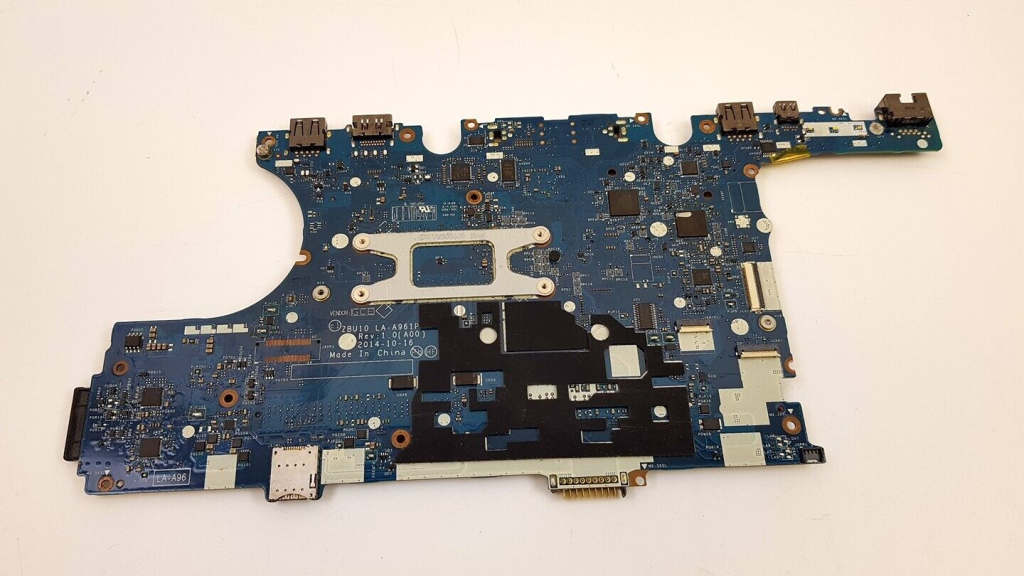The notebook motherboard, often called the center of the device, is a marvel of executive that orchestrates the symphony of parts within a lightweight research device. Serving because the key nervous process, the motherboard represents a crucial role in facilitating interaction involving the CPU, storage, storage, and different peripherals. Understanding the complex style and functionalities of a laptop motherboard is important to comprehending the device’s overall performance and capabilities.
The Centre of Connection:
At their substance, the notebook motherboard functions since the heart of connection, developing numerous components to ensure easy communication. It accommodates the model socket, storage slots, expansion slots, and ties for peripherals such as for instance USB slots, audio jacks, and show outputs.
Primary Architecture and Chipsets:
The architectural design of a laptop motherboard is elaborately linked with the choice of processors and chipsets. Modern notebooks usually function integrated design, audio, and network capabilities entirely on the motherboard, lowering the requirement for additional expansion cards and adding to a more compact design.
Miniaturization and Lightweight Design:
The persistent search for miniaturization and performance in laptops is reflected in the design of the motherboards. Small designs, surface-mounted parts, and custom ties allow companies to create thinner and lighter laptops without reducing performance.
Power Delivery and Management:
Effective power delivery and administration are important facets of notebook motherboard design. Voltage regulators ensure that the CPU and other parts receive the appropriate energy degrees, optimizing performance while minimizing energy consumption. Sophisticated energy management functions also subscribe to improved battery life in portable devices.
Incorporated Design and GPU Integration:
Several laptops combine graphics handling devices (GPUs) straight onto the motherboard. This integration increases graphics efficiency for daily jobs and mild gaming without the necessity for a separate design card, causing the laptop’s compact type factor.
Storage Hierarchy:
Laptop motherboards shape the storage hierarchy of the system, deciding the kind and quantity of RAM which can be installed. Storage slots on the motherboard directly effect the laptop’s multitasking capabilities and over all speed.
Growth Possibilities:
While laptops are generally less expanding than their desktop alternatives05X8YX some motherboards function expansion slots for particular parts such as committed artwork cards, extra storage, and other peripherals. These expansion opportunities differ based on the laptop’s style and intended usage.
Diagnostic and Repair Difficulties:
Correcting or improving parts on a laptop motherboard can be quite a complicated job due to the lightweight nature of the device. Surface-mounted parts, amazing fittings, and restricted convenience can present obstacles for people hoping DIY repairs. Professional specialists designed with particular tools in many cases are required for intricate motherboard repairs.

In summary, the laptop motherboard stands as a testament to technical creativity, blending complicated style, connection, and power management to deliver a concise yet strong processing experience. As laptops continue to evolve, therefore also will the class of the motherboards, shaping the ongoing future of portable computing.

Leave a Reply